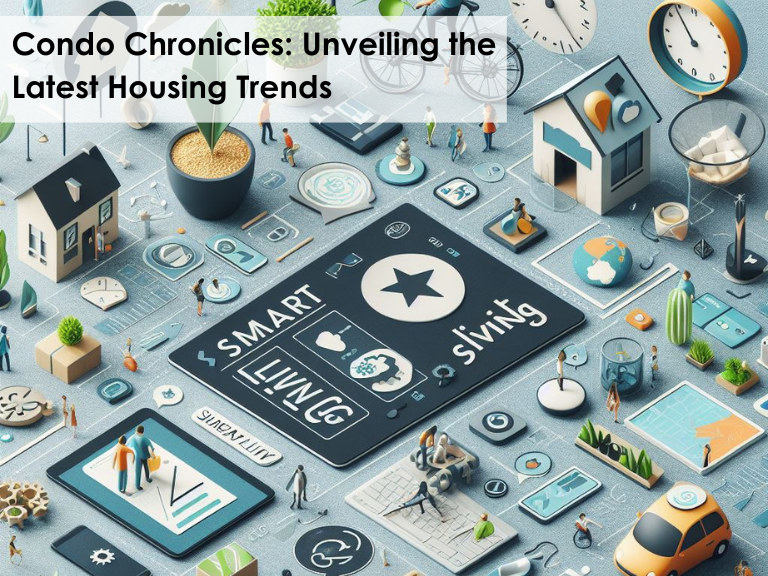Down Payment Planning
BY Reilly Beesley/September 30, 2022

Purchasing your first home is a huge milestone! And let’s face it, it’s not something that will just happen by accident. If homeownership is calling your name, having a strategy is what is going to get you there. In a world where we have multiple financial obligations it can feel a little overwhelming when thinking about saving for a house. If this is you, you are not alone. Creating a strategy and a down payment saving plan will allow you to feel confident and prepared in the home buying process.
What you need to know to start saving for your down payment:
- What a down payment is and how much you need?
- Down Payment Saving Options
- Registered Retirement Savings Plan (RRSP)
- Home Buyers Plan
- Tax Free Savings Account (TFSA)
- First-Time Home Buyer Incentive
- First Home Savings Account (FHSA)
- Registered Retirement Savings Plan (RRSP)
- 3 steps to start your down payment savings plan
What is a down payment and how much do you need?
In real estate a down payment is the amount of money you pay upfront towards the purchase of your home. Down payments are a percentage of the total house cost and range from 5-20%. The down payment is deducted from the purchase of your home and your monthly mortgage will then account for the rest. For example, if you are a first time home buyer and opt for a 5% mortgage you are required to pay 5% of the total purchase up front and then take out a mortgage to cover the remaining amount. The greater your down payment the less your mortgage will be.
Down Payment Saving Options:
Registered Retirement Savings Plan (RRSP)
A Registered Retirement Savings Plan is an investment savings account option that is registered with the Canadian federal government. Any contribution to your RRSP is exempt from tax, as long as the funds remain in the account. You pay tax only upon withdrawal. The amount you invest into your RRSP reduces your net income and can offer you a tax break by lowing the income tax you’re required to pay.
While intended as a retirement savings account, an advantage of RRSPs is that first-time homebuyers are eligible to use their RRSP to help with a down payment.
Home Buyer’s Plan (HBP)
The Home Buyer’s Plan an investment savings option under your RRSP. This plan allows you to withdraw up to $35,000, tax-free, from your RRSP. If you are purchasing a place as a couple, this plan allows for each individual to pull up to $35,000 for a total of $70,000.
If you withdraw this money, tax-free, from your RRSP you are required to use it towards a purchasing or building a qualifying home. This money is to be paid back within 15 years of withdrawal.
To be eligible to participate in HBP include:
- You are a first-time home buyer
- You’re a resident of Canada
- You intend to occupy the home as primary resident within one year of purchase
Tax Free Savings Account (TFSA)
Another popular option is a Tax Free Savings Account. A TFSA is a registered tax-advantaged savings account where you can contribute and earn money, tax free. A large benefit to a TFSA is that those withdrawals are tax free and can also be used to purchase your first home.
A TFSA is an extremely viable option for saving a down payment as it is quite flexible and offers tax-free growth. A TFSA is a great option to consider if you are new to the job market or have a lower income and want to save your RRSP contribution room for when you have a greater income.
First-Time Home Buyer Incentive (FTHBI)
First-time Home Buyer’s Incentive program, run by the Canada Mortgage and Housing Corporation (CMHC) is a shared-equity mortgage with the Government of Canada. This incentive offers 5% or 10% of the home’s purchase price to put toward the down payment, thus reducing the monthly mortgage by potentially hundreds of dollars.
You’ll be responsible for paying back 5% or 10% of the property’s market value at time of repayment plus a maximum gain of 8% per annum on the incentive. In case of depreciation, it will be the incentive amount minus the maximum loss of 8% per annum.
Eligibility for this incentive requires that your annual income does not exceed $120,000 ($150,000 for Toronto, Vancouver, and Victoria).
First Home Savings Account (FHSA)
The First Home Savings Account will be available starting in 2023. This investment savings option combines various benefits of TFSAs and RRSPs with the goal to make home ownership more accessible. With the FHSA you are able to contribute $8000 annually with a lifetime max contribution of $40,000. Contributions, withdrawals, and growth are not taxed.
You are eligible to have a FHSA open for a maximum of 15 years. Unlike the Home Buyer’s Plan, you are not required to pay back the withdrawn amount in 15 years. If you do not use the intended money towards the purchase of your first home, you are able to transfer your funds into a Registered Retirement Savings Plan (RRSP) or Registered Retirement Income Fund (RRIF).
Start your down payment planning today with these 3 steps:
Know how much you can afford
Consider all other financial obligations. Determine where your current expenses are and what a realistic timeframe is to save a down payment. Once you know what price range, you’re working within apply and get pre-approved for a mortgage. Getting pre-approved for a mortgage will help solidify what you’ll need for a down payment and what you’ll be able to finance.
Determine your saving strategy
Determine which savings investment plan will work best for you and begin utilizing this option. It can feel overwhelming with the options but consider the various incentives to each option and make a calculated decision for the best place for your money to go.
Make saving a habit
Make your saving effortless and non-negotiable with automatic deposits and contributions. If homeownership is a priority of yours, make saving a priority. Create a personal budget that allows you to save on a consistent and regular basis. See where you can cut back and make additional contributions to your savings plan.
This article is for informational purposes. It is not to be taken as legal of financial advice.





